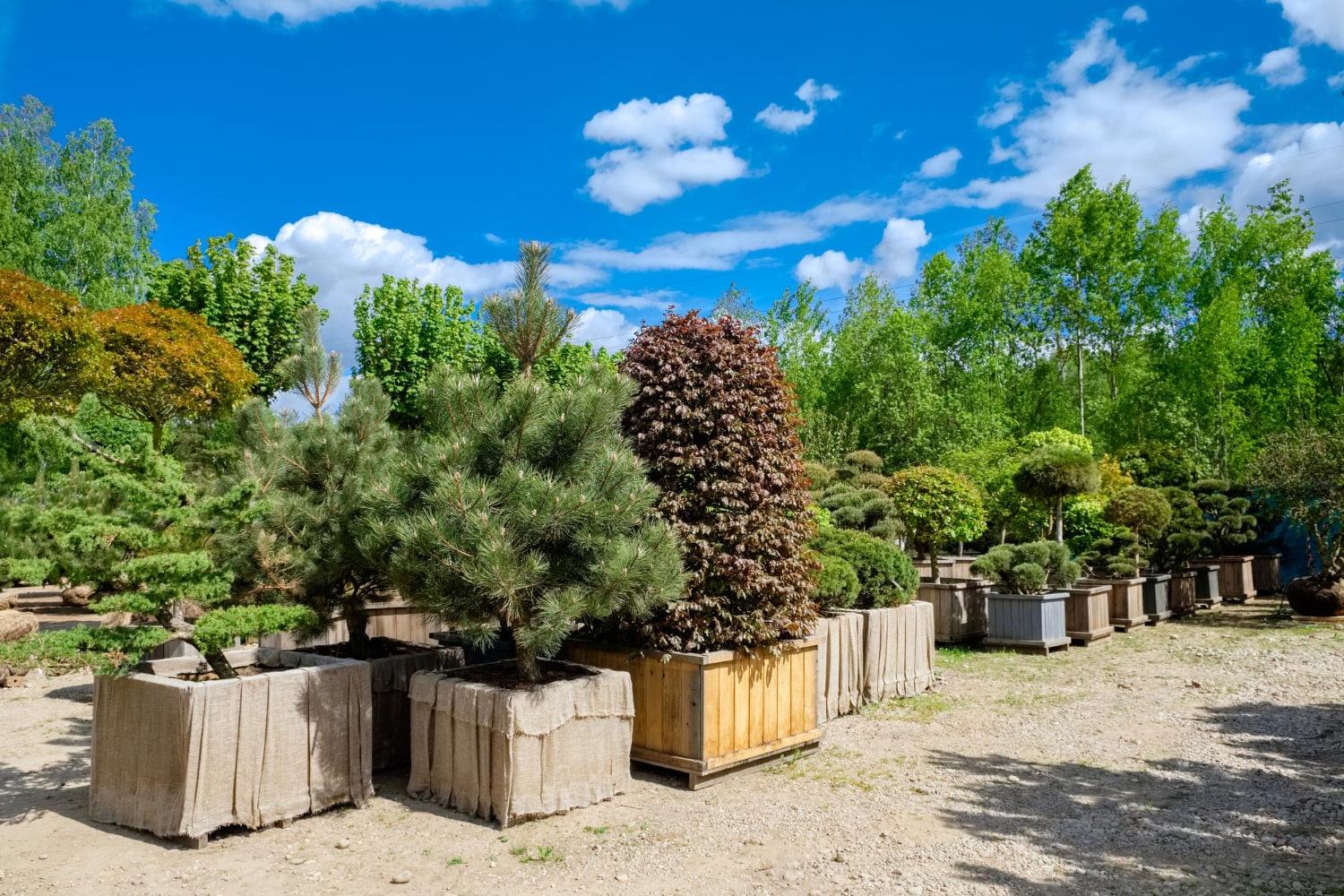Many homeowners wonder how to maintain a beautiful garden without wasting water because they live on an island with long, scorching summers and little rainfall. The solution is to choose plants that can naturally flourish in Cyprus’s climate and are resistant to drought. When it comes to gardening in Cyprus, a dry area may be turned into a lush, year-round haven with the appropriate plant selection, meticulous soil preparation, and astute irrigation techniques.
Why Choose Drought-Resistant Plants in Cyprus?
Cyprus has extended dry seasons and bright sunshine. Conventional garden plants frequently need a lot of water, which can be expensive and unsustainable. Conversely, plants that can withstand drought are inherently suited to low moisture conditions. They are more durable and much simpler to maintain since they retain water in their roots, stems, or leaves. In addition to saving water, selecting these plants will result in a garden that is vibrant and full of life with less upkeep.

Which Drought-Tolerant Plants Thrive in Cyprus?
Numerous plants thrive in Cyprus’s environment without requiring continual care. Mediterranean gardens love lavender for its fragrant purple blossoms and silvery leaves. Often used as a culinary herb, rosemary also makes a beautiful shrub and grows well in full sun and poor soil. Another noteworthy plant is bougainvillea, which climbs fences and walls with its eye-catching bracts that are either pink, orange, or purple and appear to shine in the summer sun.
Oleanders provide a lush, green presence all year round and a profusion of blossoms from spring to autumn for people who appreciate evergreen structure. Cacti and succulents like agave and aloe vera provide sculptural beauty and effectively store water. Under the Cyprus sun, even basic geraniums (pelargoniums) thrive, producing vibrant color with little watering. These plants work together to create the foundation of a garden that not only endures but flourishes in harsh environments.
How Should You Prepare Soil for Drought-Resistant Plants?
It all depends on how well the soil is prepared. Since most drought-tolerant plants don’t tolerate heavy, wet soil, drainage must be improved. Adding gravel or gritty sand facilitates the free movement of water around the roots. The addition of organic matter, like compost, keeps the soil light and airy while enriching it with nutrients. Whether it’s wood chips, gravel, or straw, a layer of mulch covers the soil’s surface, reduces evaporation, and stabilizes temperatures. By taking these actions, you can help your plants become more resilient during the hottest months by encouraging the growth of stronger and deeper roots.

What Are the Best Irrigation Strategies for Water-Wise Gardens?
Smart irrigation is still beneficial for drought-resistant plants, especially during their first year, even though they use less water. The ideal watering schedule is deep yet infrequent because it encourages roots to go for moisture below the surface rather than remaining shallow. By reducing evaporation, early morning watering helps plants get the hydration they require before the day gets too hot. A drip irrigation system is a good option for efficiency since it provides water straight to the root of each plant, cutting down on waste and guaranteeing steady growth.
How Can You Combine Plants for a Lush Year-Round Garden?
It’s not necessary for a water-wise garden to feel bare or arid. You may create an environment that feels full and lively throughout the year by combining plants with varied forms, textures, and flowering seasons. While a climbing bougainvillea against a sunny wall gives dramatic color, a lavender and rosemary-filled area adds movement and aroma. While borders softened with geraniums or decorative grasses guarantee a welcoming splash of color, succulents and cacti can be grouped in gravel beds for a striking futuristic design. Planting oleanders along fences or walkways adds privacy and structure while striking a balance between aesthetics and functionality.
What Maintenance Tips Ensure Long-Term Success?
Regular care is beneficial, even for low-maintenance gardens. Light feeding during the growing season stops plants from getting too woody, and occasional trimming keeps shrubs healthy and encourages new growth. Since weeds compete for the little available nutrients and water, they should be eliminated as soon as possible. Mulch should be refreshed once a year to maintain stable moisture levels and healthy soil. Your drought-tolerant plants will continue to provide you with resilience and beauty if you follow these easy steps.
Ready to Transform Your Garden into a Water-Wise Paradise?
The key to designing successful, sustainable gardens that are ideal for Cyprus’s climate is using drought-resistant species. You may have a lush, vibrant, and low-maintenance outdoor area all year long with the correct planning, irrigation techniques, and plant selections.
Our staff is available to assist you if you’re prepared to begin your path to a more resilient garden. Contact Green Planet Landscaping Cyprus right now, and we’ll help you realize your ideal landscape.
